Explore mutual inter dependencies at UK pavilion Milan expo. An enormous gilded steel orb, or virtual hive. will be set amid a fruit orchard and windflower meadow reminiscent of the gentle undulations of the British hills. designed to underscore the importance of the honeybee to the ecosystem.
Work on the pavilion will start in September 2014. recreating the intrinsic qualities of the hive: translucence, topology, geometric variation. And the distribution of spaces over several different levels.
His Royal Highness Prince Harry recently announced that Nottingham-based artist Wolfgang Buttress had won the competition. to design the UK Pavilion for Expo 2015, heading up a team of architects and designers.
UK pavilion Milan expo
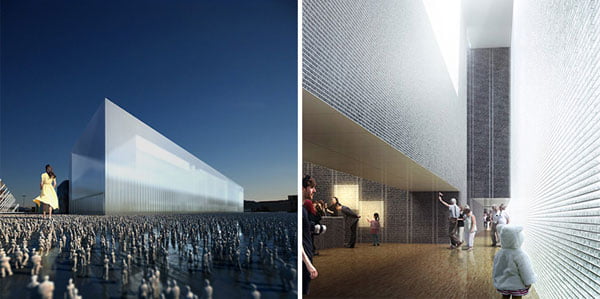
British Trade Minister Lord Livingston commented: “The UK’s participation in the Milan Expo will promote the UK’s world leading expertise in the creative, life sciences, agri-tech, and food and drink sectors to our top trade and investment partners.
Through the UK Pavilion, we will reach millions of visitors and build on the reputation of the UK established at the 2010 Shanghai Expo and the London 2012 Olympic Games.”
An enormous gilded steel orb, or virtual hive, will be set amid a fruit orchard and wildflower meadow reminiscent of the gentle undulations of the British hills, designed to underscore the importance of the honeybee to the ecosystem.
Work on the pavilion will start in September 2014, recreating the intrinsic qualities of the hive: translucence, topology, geometric variation and the distribution of spaces over several different levels.
From the desk of an architect:
The bee theme is an original one and augurs well for the city of Milan, whose patron saint St. Ambrose is also the patron saint of beekeepers.
Creating a Visual Diary:
This week we have been joined by BDP photographer Sanna Fisher-Payne and NottsTV producers Spool, for the first of many documentary sessions.
As the Expo draws ever closer the studio will be keeping a visual diary of how the project and design concepts are progressing. Today we met with BDP to review and refine the details on the pavilion.
The Hive:
As visitors make their way though the meadow they will gaze upon the hive in the distance. It glistens like a beacon on the horizon, much like the sun enabling life on earth.
The structure is inspired by and stands as an abstract reinterpretation of the architecture of bees. Key attributes of the honeycomb have been expressed: translucency, topology, geometric variation, and distribution of multiple functions, layers.
These have been re-composed in a new way, using artifice to draw out these intrinsic qualities. Throughout the creative process it has been important to create something that suggestions traces of the key ideas and content; yet open to interpretation, leaving ample room for personal subjectivity to engage in the experience.
The Meadow:
Following on from the orchard visitors will then enter the meadow. It gently undulates in reference to rolling hills. Multiple paths and routes reference the orienteering ‘bee dance’ and allow the visitor to explore and participate in the curation of their own journey.
The experience is deliberately non-prescriptive, based on the premise that an experience is most educational or insightful when the participant is given freedom – much like bees, devising their own route to the hive.
The Orchard:
As people enter the UK pavilion they will be greeted by an orchard of British fruit trees. Apples and pears are particularly significant to the UK national identity and collective consciousness.
The queuing area is sited within this courtyard orchard, evocative of an English walled-garden. Gabions filled with rejected/broken/reused bricks reinforce this suggestion.
Visitors can view a live video feed from a real beehive integrated into a sculptural cor ten wall before they enter the meadow above.
Concept of UK pavilion Milan expo:
The concept is to suggest the parallels and intrinsic relationships between bees and humans. A bee has pollinated every third mouthful of food we consume.
The world bee population is currently in decline and in poor health; the beehive can be seen as a barometer of the health of the world.
A bee colony is more than an ecosystem: it is an advanced culture, with complex interactions and mutual inter dependencies. Parallels may be drawn with human societies. This proposal plays upon such parallels, exploring the life of a bee colony, to promote understanding and insight.
The ethos behind the design is to create something quiet which says a lot with as little as possible. It is a pause point and a place for contemplation within the Expo; the whole pavilion can be an experienced as a journey highlighting the honeybees’ importance in food production.
There will be a 6 month curated programmer celebrating the best of UK music, culture, technology, research, design and food.
The pavilion consists of four main areas for visitor experience:
The orchard

The meadow

The Hive
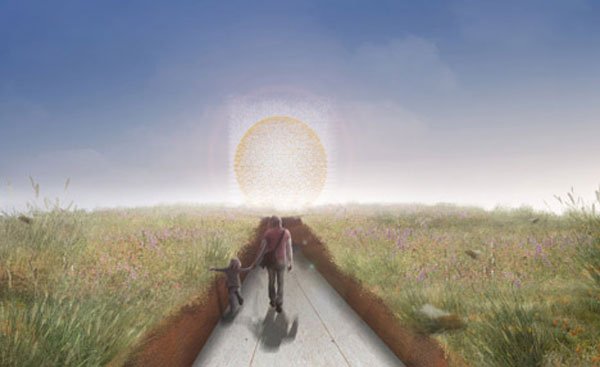
The architectural programmer.
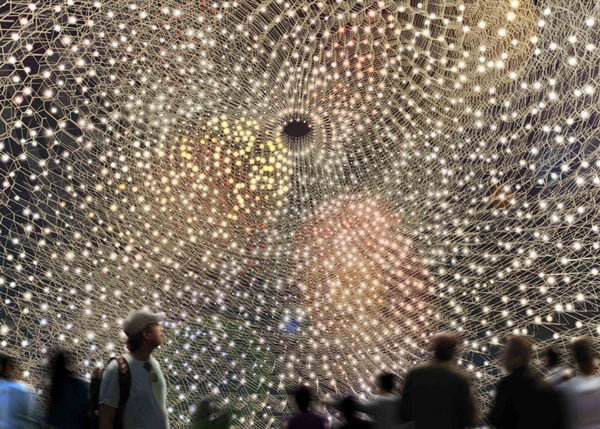
The Team for UK pavilion Milan expo:
Artist and Creative Lead: Wolfgang ButtressStructural.
Engineers: Simmonds StudioArchitecture,
Landscape Architecture
Environmental Engineering: BDPConstruction
Engineers: Stage OneConstruction
Project Management: RiseBiodiversity
Food Consultant: Martin Dewey
Physicist and Bee Expert: Dr Martin Bencsik, Nottingham Trent University
Design Consultants:Joff + Ollie
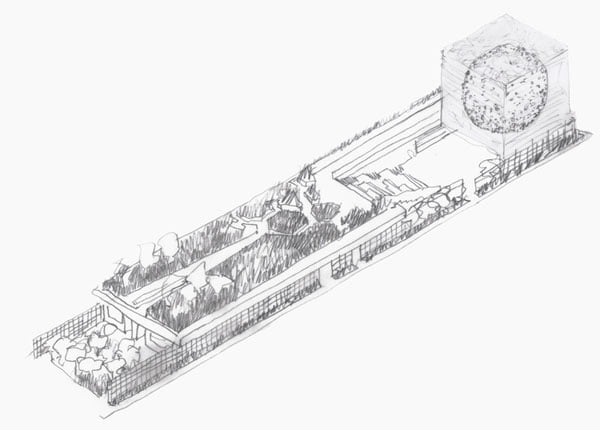

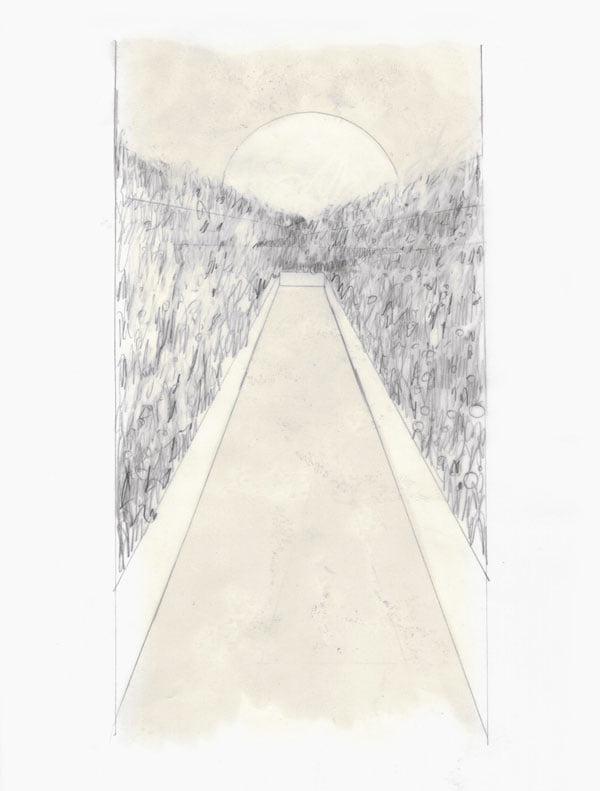

Ref : milanexpotours, wolfgangbuttress, #UK Pavilion Milan Expo, #UK, #expo2015, #milanexpo
So, friends this is a combination of natural elements and human exploration both at UK pavilion Milan Expo 2015. Hope you enjoy it.





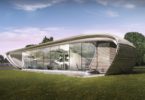
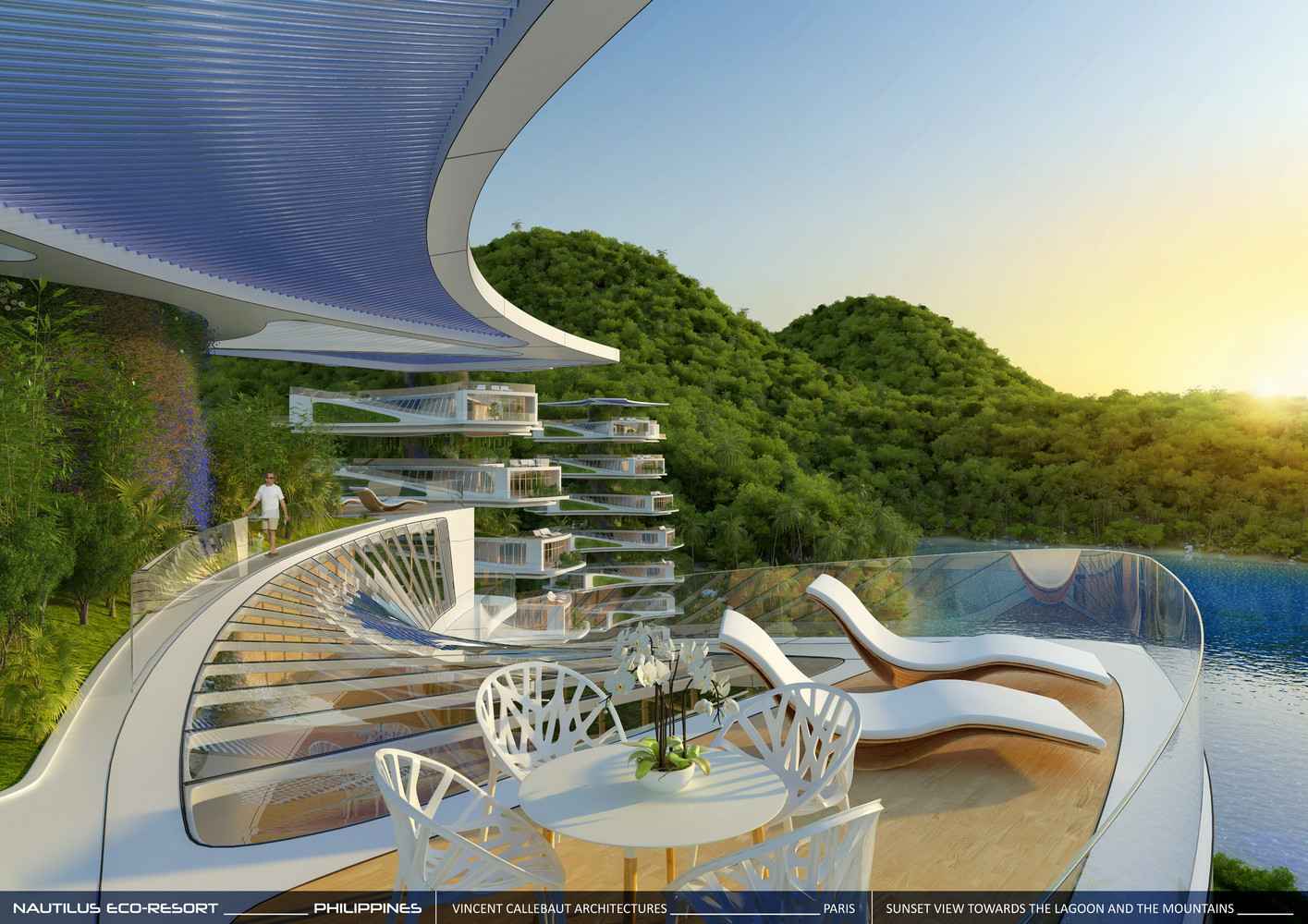
Leave a Comment
You must be logged in to post a comment.